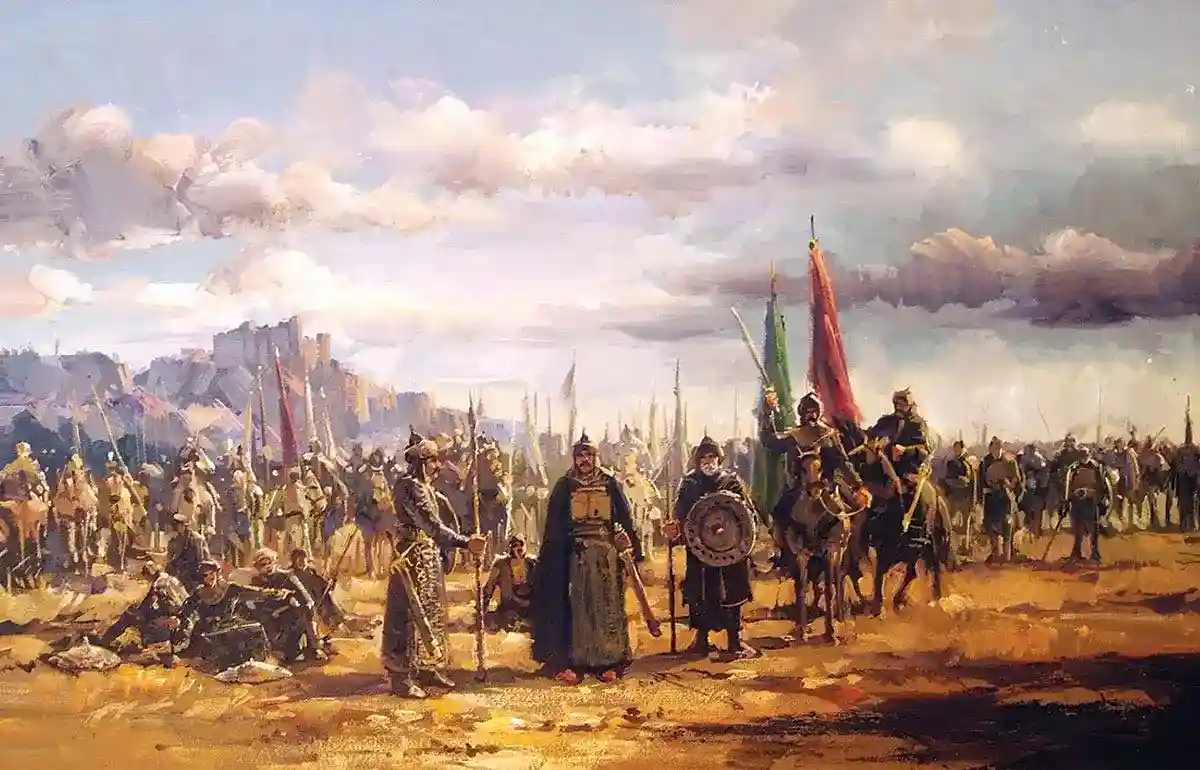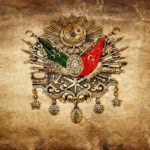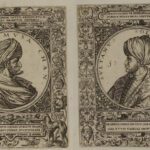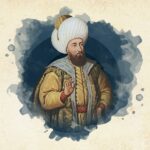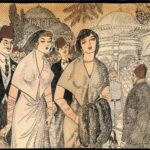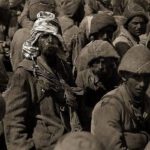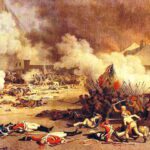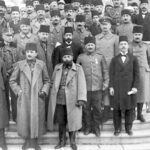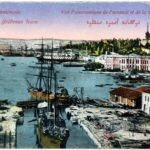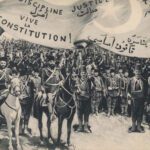In the long and successful history of the Ottoman Empire, the role played by the military organizational structure in the Ottoman Empire is very important. A strong military force was needed to conquer vast lands, protect these lands and establish a world empire. The Ottoman army was considered one of the most advanced and disciplined armies of its age.
The basis of the Ottoman army was the janissaries trained with the devshirme system . The devshirme system, in which Christian children were taken and raised by Islamization, aimed to raise janissaries with full loyalty and a warrior spirit.
The Janissaries were not only warriors, but also had a say in the important state affairs of the empire. However, the janissaries, whose political power increased over time, posed a danger of destabilizing the empire by getting involved in rebellions.
In addition to the Janissaries, the sipahis also constituted an important part of the Ottoman army. The sipahis, who served in exchange for land, fought in mounted troops and ensured the security of the border regions. In addition, kapikulu cavalry, cebeci, artillery and other auxiliary units also served in the Ottoman army .
Names of Military Units in the Ottoman Empire
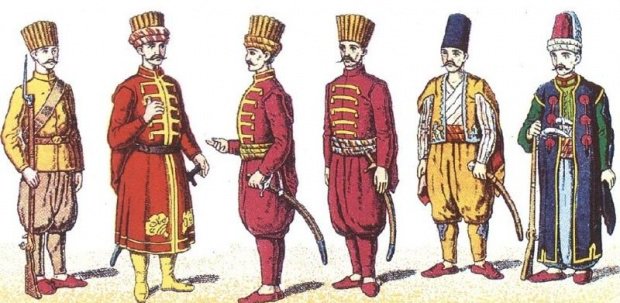
The Ottoman Empire provided its military power with various troops and established dominance over a wide geography thanks to the order of these troops. The Ottoman military system had a unique structure consisting of volunteer soldiers recruited from different regions, as well as soldiers recruited through the devshirme system.
At the forefront of these troops were the “Janissaries”. The Janissary Corps is known as the infantry class that formed the backbone of the Ottoman war power. Christian children, who were recruited at a young age, received military training in Istanbul and became strong warriors of the Ottoman Empire. However, the Janissary Corps was established in 1826 by the Second World War. It was abolished by Mahmud. This event went down in history as “Vaka-i Hayriye”.
Another important class in the Ottoman military system was the “Sipahiler”. The Sipahis constituted the cavalry units of the Ottoman army and consisted of soldiers placed in villages based on the timar system.
Known for their loyalty to the state and their success on the battlefield, the sipahis were usually soldiers who owned large lands. The Sipahis were among the fast-moving classes of the Ottoman army and played major roles in the conquests.
Ottoman Soldiers Names and Duties
The military organization in the Ottoman Empire underwent a continuous evolution over the centuries, adapting to its expanding territories and struggles in different geographies. For this reason , the names and duties of Ottoman soldiers have changed over the centuries.
- Kapikulu soldiers
- State soldiers
- Torments
- Müsellems
- Jokes
- Walks
Many different military units such as these were included in the Ottoman army organization .
Kapikulu soldiers, who formed the basis of the Ottoman army, were a salaried force loyal to the sultan and withdrawn to the center. One of the most important branches of this class was the Janissaries. The Janissaries, who were recruited through the devshirme system and specially trained, played an important role both as an elite infantry unit and as a political force. Other Kapikulu units, such as the Cebeci, artillerymen and cannon charioteers, specialized in the use of firearms.
During the conquest and administration of the Ottoman lands, the provincial soldiers, consisting of the local people settled in the conquered regions, were also an important force. The sipahis, who were connected to the lands by the timar system, served as both soldiers and administrators. Raiders, on the other hand, undertook the duties of reconnaissance, communication and raiding the enemy in the border regions.
https://www.msb.gov.tr/Content/Upload/Docs/askeritariharsiv/31_osmanli_askeri_kiyafet.pdf
